Power outages are frustrating and costly. But have you ever wondered how we prevent them? The answer lies in rigorous testing of our power equipment.
Distribution transformer testing is crucial for ensuring reliability in power systems. Comprehensive diagnostics help identify potential issues before they cause failures, extending transformer life and minimizing unexpected outages.
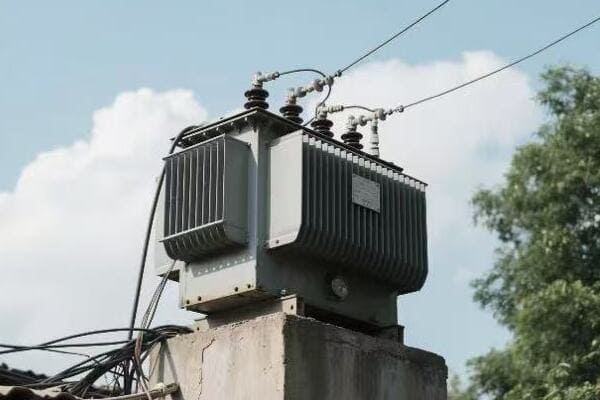
I've spent years working with distribution transformers. I've seen firsthand how proper testing can make a huge difference in grid reliability. Let's explore why these tests are so important and how they're evolving.
Advanced Diagnostic Techniques: Elevating Distribution Transformer Reliability Standards?
Old testing methods often missed hidden problems. How are new techniques improving our ability to spot issues before they cause outages?
Advanced diagnostic techniques are significantly elevating distribution transformer reliability standards. These new methods use cutting-edge technology to detect subtle issues, predict potential failures, and provide a more comprehensive view of transformer health.
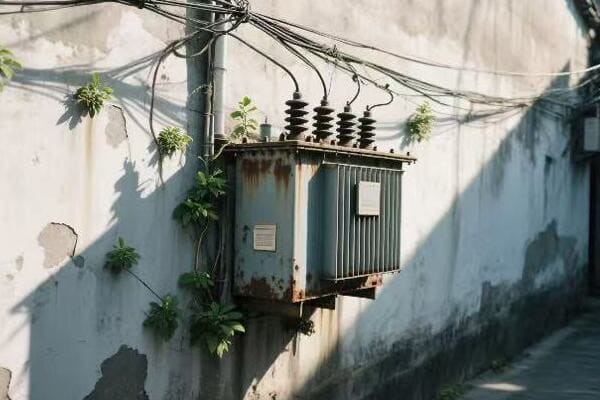
In my years of experience, I've seen a remarkable evolution in transformer diagnostics. Here's how new techniques are making a difference:
Dissolved Gas Analysis (DGA)
This technique analyzes gases dissolved in transformer oil:
- Online DGA Monitoring: This provides real-time data on transformer health.
- Gas Ratio Analysis: This helps identify specific types of faults.
- Trend Analysis: This tracks changes over time to predict future issues.
I once worked on a project where online DGA caught a developing fault in a critical transformer. We were able to schedule maintenance before any outage occurred, saving millions in potential losses.
Frequency Response Analysis (FRA)
FRA helps detect mechanical issues in transformers:
| Aspect | What It Detects |
|---|---|
| Core Deformation | Shifts in the transformer's core |
| Winding Movement | Displacement of transformer windings |
| Clamping Issues | Problems with internal structural support |
During a post-earthquake assessment, we used FRA to check transformers for hidden damage. It revealed subtle shifts in some units that other tests had missed, allowing for timely repairs.
Partial Discharge (PD) Detection
PD can indicate insulation problems:
- Acoustic PD Detection: This listens for the sound of partial discharges.
- UHF PD Detection: This picks up electromagnetic signals from discharges.
- Optical PD Detection: This uses fiber optics to detect light from discharges.
In a recent factory acceptance test, we used multiple PD detection methods. We found a minor insulation flaw that the manufacturer was able to fix before the transformer was shipped.
Thermal Imaging
This technique spots hot spots in transformers:
- Infrared Cameras: These create heat maps of the transformer.
- Fiber Optic Temperature Sensors: These provide internal temperature data.
- Dynamic Thermal Ratings: These adjust transformer capacity based on real-time temperatures.
During a summer heatwave, thermal imaging helped us identify transformers at risk of overheating. We were able to adjust loads and prevent potential failures.
Key Performance Indicators: Identifying Critical Parameters in Transformer Testing?
With so many tests available, how do we know which ones matter most? What are the key things we should look for?
Key performance indicators in transformer testing focus on critical parameters that directly impact reliability and efficiency. These include insulation integrity, oil quality, electrical characteristics, and thermal performance, all of which provide vital insights into a transformer's health and operational status.
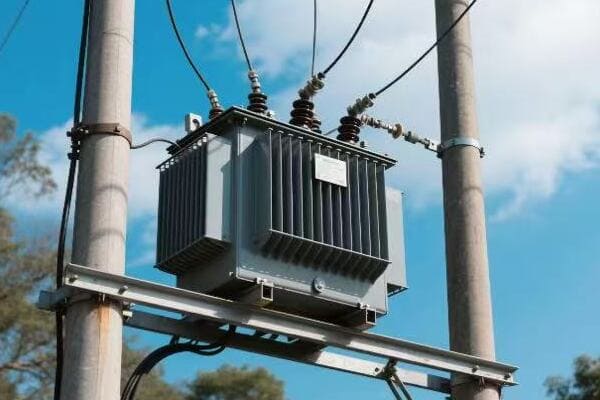
Over the years, I've learned which tests give us the most valuable information. Here's what we focus on:
Insulation Resistance
This is crucial for transformer safety and efficiency:
- Megger Test: This measures overall insulation resistance.
- Polarization Index: This indicates insulation quality over time.
- Dielectric Dissipation Factor: This shows the insulation's overall condition.
I once saw a transformer fail a routine megger test. Further investigation revealed moisture ingress that could have led to a catastrophic failure if left unchecked.
Oil Quality Analysis
Transformer oil can tell us a lot:
| Test | What It Reveals |
|---|---|
| Acidity | Oil degradation level |
| Interfacial Tension | Presence of contaminants |
| Water Content | Risk of insulation breakdown |
During a maintenance cycle, we found a transformer with high acidity in its oil. This early detection allowed us to recondition the oil, extending the transformer's life significantly.
Electrical Characteristics
These tests ensure the transformer is functioning correctly:
- Turn Ratio Test: This verifies the transformer's voltage transformation.
- Winding Resistance Measurement: This checks for winding integrity.
- Short Circuit Impedance Test: This ensures the transformer can handle fault currents.
In a recent commissioning, a turn ratio test revealed a minor winding fault. We were able to address it before the transformer went into service, preventing potential issues down the line.
Thermal Performance
Managing heat is crucial for transformer longevity:
- Heat Run Test: This checks the transformer's cooling efficiency.
- Winding Temperature Indicators: These monitor internal temperatures.
- Cooling System Efficiency Tests: These ensure proper heat dissipation.
During a heat run test, we identified a transformer with inadequate cooling. Upgrading its cooling system improved its efficiency and extended its expected lifespan.
Emerging Technologies in Transformer Diagnostics: Enhancing Accuracy and Efficiency?
Technology is always advancing. How are new innovations changing the way we test transformers?
Emerging technologies in transformer diagnostics are significantly enhancing accuracy and efficiency. These include AI-powered analysis, IoT sensors for real-time monitoring, and advanced imaging techniques, all of which provide more detailed and timely information about transformer health.
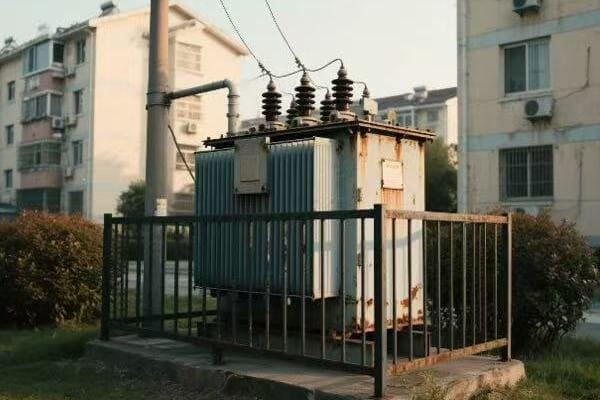
I've been excited to see new technologies enter the field. Here's how they're improving our diagnostic capabilities:
Artificial Intelligence and Machine Learning
AI is revolutionizing how we interpret test data:
- Pattern Recognition: This spots trends humans might miss.
- Predictive Maintenance: This forecasts when a transformer will need service.
- Anomaly Detection: This identifies unusual behavior quickly.
I recently worked with a utility that implemented an AI system for transformer diagnostics. It predicted a failure three months in advance, allowing for planned replacement without any outage.
Internet of Things (IoT) Sensors
IoT is enabling constant monitoring:
| Sensor Type | What It Monitors |
|---|---|
| Smart Bushings | Partial discharge activity |
| Oil Sensors | Real-time oil quality data |
| Load Sensors | Continuous load and temperature data |
We installed IoT sensors on a group of transformers in a remote area. They alerted us to a developing issue that we were able to fix during a routine maintenance visit, avoiding an emergency repair.
Advanced Imaging Techniques
New ways of seeing inside transformers are emerging:
- X-ray Imaging: This reveals internal structural issues.
- Ultrasonic Imaging: This detects internal defects and oil flow issues.
- 3D Modeling: This creates detailed digital twins for analysis.
During a factory inspection, 3D modeling helped us identify a minor design flaw in a new transformer model. The manufacturer was able to correct it before production began.
Drone-Based Inspections
Drones are making external inspections safer and more thorough:
- Thermal Imaging: Drones with infrared cameras can spot hot spots.
- Visual Inspections: High-resolution cameras can see small defects.
- Corona Detection: Special sensors can detect electrical discharges.
We used drone inspections to check a substation after a storm. The drones found damage on a transformer that was hard to see from the ground, allowing for quick repairs.
Balancing Thoroughness and Efficiency: Optimizing Distribution Transformer Testing Protocols?
Testing is important, but it can be time-consuming and expensive. How do we make sure we're doing enough without going overboard?
Optimizing distribution transformer testing protocols requires a careful balance between thoroughness and efficiency. This involves prioritizing critical tests, using time-saving technologies, and developing smart testing schedules that ensure comprehensive diagnostics without excessive downtime or cost.

Throughout my career, I've worked to find this balance. Here's what I've learned about optimizing testing protocols:
Risk-Based Testing Approach
Not all transformers need the same level of testing:
- Criticality Assessment: This determines how important each transformer is to the grid.
- Age and Condition Factors: Older or problematic transformers get more attention.
- Environmental Considerations: Transformers in harsh conditions need more frequent checks.
We implemented a risk-based approach for a large utility. It reduced overall testing time by 30% while actually improving fault detection rates.
Automated Testing Systems
Automation can speed up testing without sacrificing quality:
| Automation Type | Benefit |
|---|---|
| Robotic Test Connections | Faster and more consistent setup |
| Automated Test Sequences | Reduces human error and testing time |
| Integrated Data Analysis | Provides instant results and comparisons |
At a transformer manufacturing plant, we installed an automated testing system. It cut testing time in half and improved the consistency of results.
Combination Tests
Some tests can be combined to save time:
- Insulation and Oil Tests: These can often be done together.
- Electrical and Thermal Tests: Combining these provides a more complete picture.
- Online and Offline Tests: Balancing these reduces downtime.
We developed a combination testing protocol for a busy substation. It allowed us to get comprehensive data with minimal interruption to service.
Continuous Monitoring vs. Periodic Testing
Finding the right mix of continuous and periodic tests is crucial:
- Online Monitoring: This provides real-time data on key parameters.
- Periodic In-Depth Tests: These offer a more thorough check at regular intervals.
- Condition-Based Testing: This triggers detailed tests based on monitoring data.
For a critical industrial transformer, we set up a system of continuous monitoring with condition-based in-depth testing. It caught several developing issues early while reducing the need for routine offline tests.
Predictive Diagnostics: Revolutionizing Maintenance Strategies for Distribution Transformers?
Reactive maintenance is costly and risky. How can we get ahead of problems before they cause outages?
Predictive diagnostics are revolutionizing maintenance strategies for distribution transformers. By using advanced analytics, real-time data, and machine learning, these systems can forecast potential failures, allowing for proactive maintenance that prevents outages and extends transformer life.
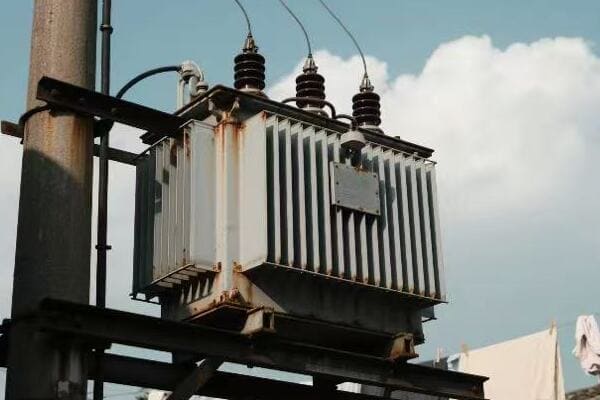
I've seen predictive diagnostics transform how we maintain transformers. Here's how this approach is making a difference:
Data Integration and Analysis
Combining data from multiple sources provides deeper insights:
- Historical Test Data: This shows long-term trends.
- Real-Time Monitoring: This captures current conditions.
- Environmental Data: This adds context to transformer performance.
We implemented a data integration system for a large transformer fleet. It identified subtle patterns that led to the early detection of several developing faults.
Machine Learning Algorithms
AI can spot problems humans might miss:
| Algorithm Type | Function |
|---|---|
| Anomaly Detection | Identifies unusual behavior patterns |
| Failure Mode Prediction | Forecasts specific types of failures |
| Remaining Useful Life Estimation | Predicts when replacement will be needed |
A utility I worked with used machine learning to analyze their transformer data. The system predicted a failure in a critical unit three months before any traditional tests showed problems.
Digital Twin Technology
Digital replicas can simulate transformer behavior:
- Performance Simulation: This tests how changes might affect the transformer.
- What-If Scenarios: These help plan for different operating conditions.
- Aging Models: These predict how the transformer will degrade over time.
We created a digital twin for a substation's main transformer. It helped us optimize maintenance schedules and even guided a major upgrade project.
Condition-Based Maintenance Planning
This approach tailors maintenance to each transformer's needs:
- Dynamic Maintenance Intervals: These adjust based on actual condition, not just time.
- Prioritized Repair Scheduling: This focuses resources where they're most needed.
- Predictive Spare Parts Management: This ensures parts are available when needed.
For a distribution network, we implemented condition-based maintenance. It reduced unnecessary maintenance by 40% while improving overall reliability.
Conclusion
Comprehensive diagnostics are crucial for distribution transformer reliability. Advanced techniques, key performance indicators, emerging technologies, optimized protocols, and predictive diagnostics all contribute to more efficient, reliable, and cost-effective power distribution systems.


